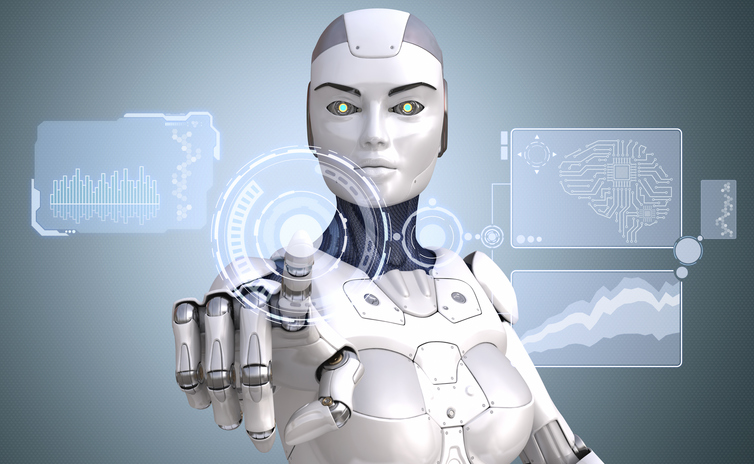Emerging medical technology in the healthcare industry is altering the patient experience.
Where once electronic healthcare records seemed a big step, 90 percent of hospitals now have such records. The next moves involve using technologies that make healthcare more efficient and, most importantly, better at providing care to patients.
Medical operations continue to move toward more of a preventive care environment, as well as providing continuous care for patients wherever they are in the world. To do so, healthcare agencies are adopting technologies that span a variety of areas, including nanotechnology and machine learning.
Some cutting edge medical technology is already in action. PricewaterhouseCoopers released a report this year documenting many advances in healthcare, including:
The use of 3D technology for orthodontics. Align Technology, which first won approval from the Food and Drug Administration for the technology, generated $845 million in sales in 2015.
The use of virtual and/or augmented reality. The Swedish pharmacy chain Apotek Hjartet uses VR within headsets that calm stressed-out customers, immersing them in a placid, serene lakeside scene.
The use of devices inspired by science fiction. Later this year, Qualcomm Tricorder is expected to name a winner of its $10 million prize for the invention of a “Star Trek”-like medical device — a “tricorder” — that can diagnose at least 13 healthcare conditions and monitor five vital signs without the need for a healthcare professional or a medical facility.
The following represent some other emerging medical technology that is expected to soon make its way into common use.
Quantum Computing
The company D-Wave Systems specializes in quantum computing, which allows analysis of bigger data sets and more complex issues than even supercomputers. D-Wave, which has offices in British Columbia, California and Massachusetts, already works with Lockheed Martin, Google, NASA and the Los Alamos National Laboratory. They expect their systems to eventually unlock mysteries for healthcare involving DNA, among other issues.
Machine Learning
Artificial intelligence can be programmed to handle much more information than the human mind can ever handle. Already, IBM Watson Health is developing an AI program that could help medical personnel make a faster, more accurate diagnosis and help medical operations more effectively manage patient populations. Google DeepMind Health is already working at mining information from large healthcare databases in the United Kingdom.
Robots and Nanorobots
Robots already work in healthcare. For example, InTouch Health offers a “telepresence” robot that can move around a patient, providing views and information for a doctor sitting at a station far away. While farther away from being developed, nanorobots may at some point provide information from inside a patient, potentially traveling the bloodstream to help with diagnosis or even performing functions such as fighting off bacteria. The potential is large, but still a few years away from going into use.
Cyborgs
People who are part-human, part-machine are going to become far more commonplace. Not just limbs, but even organs, such as the pancreas. There also is work being done on directly connecting the brain to a computer, which could lead to paralyzed people regaining some control of their limbs via a computer-brain interface.
Sounds very “Star Trek,” but it’s all very real. The more advances that are made in technology — and they are coming at a faster and faster pace — the more life will be changed for people.









